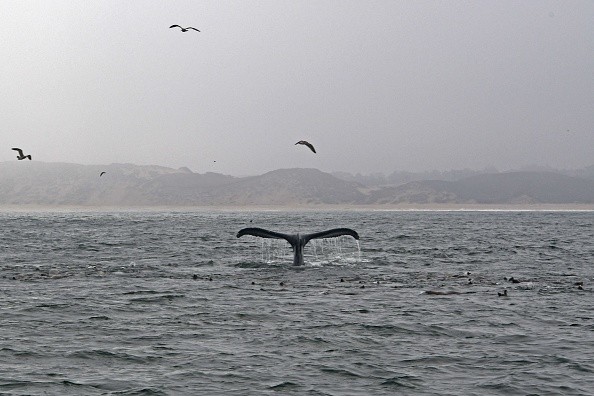According to a recent study, researchers found that microplastic is present in Monterey Bay, affecting seawater and present in the digestive tracts of common murres, seabirds and anchovies.
Scientists and environmentalists have raised concerns over the emergence of microplastic pollution in seawater and other marine water systems. The effects of microplastic could impact aquatic life and humans.
According to NOAA National Ocean Service, microplastics are small plastic pieces measured less than five millimeters long, showing that plastic is one of the most common debris in marine water systems.

The National Ocean Service added that microplastic could originate from different sources. Some of the most common sources of microplastics are the larger plastics and microbeads used for personal beauty products.
Widespread microplastic in Monterey Bay
A recent study found that microplastic in Monterey Bay could affect the health of animals, causing potential hormone disruption and damage to digestive tracts. The study used Raman spectroscopy in testing and looking for estrogenic activity.
The research also looked into the seawater samples from Santa Cruz and Moss Landing. They found two microparticles in every 1,000 liters.
The findings explained that anchovies could likely become victims of their microparticles affecting their digestive systems.
The researchers also added that the study's next step is investigating how microparticles could affect birds.
According to the report, the study was published in Environmental Pollution and can be read on the Phys.org website.
The worrying findings showed that animals in the area (Anchovies and common murres) discovered microplastic in their digestive tracts. In the report, the researcher told that:
- 100% of common murres were found to have microparticles in their digestive tracts.
- 58% of anchovies were found to have microparticles in their digestive tracts.
- The researcher also discovered the composition of plastics: 70% of microplastic particles were said to be fibers, while 57% were plastics.
- The research found that anchovies could contribute to microplastics found in the common murres because anchovies are murres' diet.
The research explained that the tiny particles of microplastics could result in hormonal disruption of animals and affect their reproductive and immune health.
UC Santa Cruz (UCSC ) graduate student Sami Michishita conducted a study that helped understand the prevalence of microplastics among animals in Monterey Bay. The study's senior author is Myra Finkelstein, an adjunct environmental toxicology professor at UCSC.
The research explained that plastics could affect oceans, a pressing environmental issue. As a result, environmental groups have been urging businesses and countries to reduce plastic consumption due to its impacts on the environment, especially the marine water systems. The reduction of plastics could help mitigate the impact of plastic pollution.
With the effect of microplastics, countries must develop policies to reduce plastic consumption.
Related Article : Researchers Gather Thousand Marine Micro-organisms Samples to Understand Ocean Plankton and Pollution
For more similar, don't forget to follow Nature World News.
© 2025 NatureWorldNews.com All rights reserved. Do not reproduce without permission.





